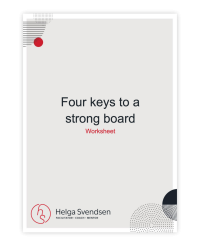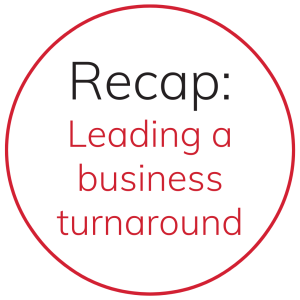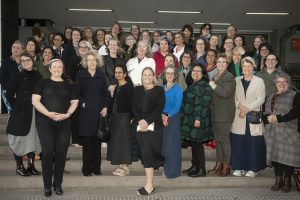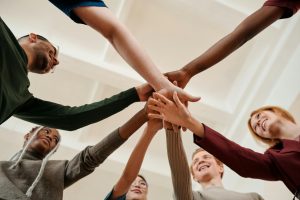‘Progressive’, ‘educational’ and ‘inspiring’. That’s how guests described the recent Take on Board online event with Sara Harrup that explored how neurodivergence shapes leadership, decision-making and board dynamics.

The topic for this session was what boards need to know about CEOs, executives and boardroom colleagues who are neurodivergent.
Listen to the Take on Board podcast episode about this topic featuring Sara.
Key points, takeaways and discussion points from Sara from the event:
- Masking predominately isn’t a choice, in boardrooms, it’s less of a choice. Unmasking generally occurs unintentionally
- Sara’s approach to disclosing her neurodiversity was gradual, sharing her experience in one-on-one conversations with her team during her previous CEO role. This openness had a significant impact on the organisation—other neurodivergent staff felt safe to disclose their own experiences, fostering a culture of trust and inclusion. As awareness grew naturally, the organisation organically evolved into a more neurodivergent-friendly workplace
- Sara refers to ‘reasonable adjustments’ as performance enablers and enhancers, highlighting their role in supporting neurodivergent employees to thrive at work. If an organisation asks whether you require adjustments, it’s worth questioning their intent—do they genuinely want to provide meaningful support, or are they simply ticking a compliance box? It’s usually coming from a lack of awareness within organisations
- For Sara, managing rejection sensitive dysphoria involves staying firmly grounded in her role and purpose. She reframes situations by focusing on the bigger picture—advancing the organisation rather than taking things personally. By shifting the perspective to “we as a board” or “we as an organisation”, she ensures that the focus remains on collective goals rather than individual emotions. In this approach, she sees herself as the facilitator of the “we”, reinforcing that it’s not about her, but about the team. When Sara is aware of her rejection sensitive dysphoria, she challenges her thoughts and works through them logically
- Different ways of running board meetings – Board portals are valuable for two key reasons. Sara shares her annotations with the CEO and Company Secretary before the board meeting, ensuring alignment and preparation. During the meeting, pace is the top priority. The board chair should be mindful of maintaining a methodical pace, allowing enough time for discussions and incorporating breaks as needed. Additionally, assigning roles helps keep the meeting structured and engaging. For example, delegating the safety share to a board member and distributing focus areas ensures broader participation and a more effective discussion
- When an environment is not supportive – It’s important to outwardly acknowledge the behaviour. One common issue in boards is that when they notice an issue, they tend to gloss over it and move on. A constructive approach is to call attention to what was overlooked by saying, “We didn’t spend much time on that—can we find a time to revisit it?” This helps ensure important issues aren’t dismissed. Additionally, clearly identify the behaviour, describe what is happening and suggest an alternative approach to foster a more supportive and inclusive environment
What did the attendees like about this event?
“It was good to meet other people in the Take on Board community and hear about their experiences with neurodiversity.”
“Felt connected as most people I spoke to were neurodivergent – love the community!”
“Great flow, super organised content into links, seamless breakout groups, meeting amazing peers.”
Board marketplace
Board roles are often shared in the Take on Board Facebook group, so please join us there if you haven’t already.







